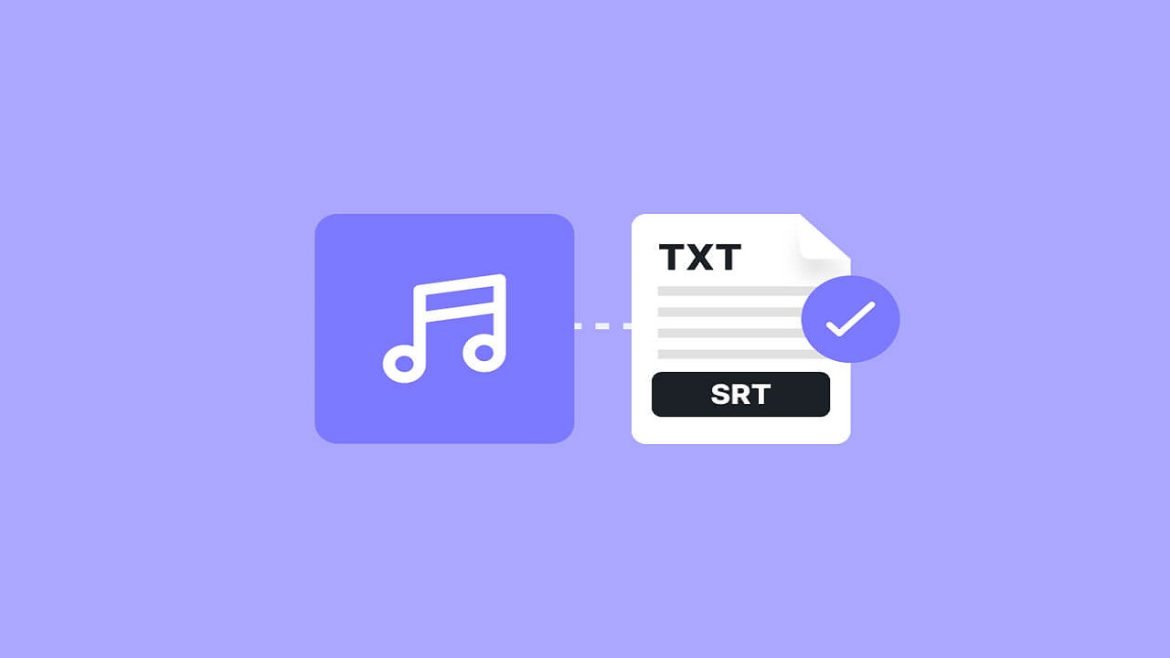Transcribing audio content accurately is essential for ensuring the information is correctly documented and easily understood. To transcribe audio content like interviews, lectures, podcasts, or any other type of audio, maintaining high accuracy is crucial.
Here are some valuable tips to help you achieve precise and reliable transcription results:
Use High-Quality Audio
Starting with clear and high-quality audio is the foundation of accurate transcription. Use a good microphone when recording, minimize background noise, and properly balance the audio. High-quality audio reduces the chances of misinterpreting words and phrases.
Transcribe in a Quiet Environment
When transcribing, work in a quiet and distraction-free environment. This minimizes the risk of mishearing words or misunderstanding the context due to external noises.
Familiarize Yourself with the Content
Before starting the transcription process, familiarize yourself with the subject matter, terminology, and accents, if applicable. This will help you better understand and interpret the spoken words.
Use Transcription Software
Utilize dedicated transcription software with features like playback control, adjustable speed, and shortcuts. These tools can significantly speed up the transcription process while maintaining accuracy.
Playback Controls
Transcription software often allows you to control playback speed, pause, rewind, and fast-forward the audio. Adjust the playback speed to a level comfortable for you, ensuring you capture every word accurately.
Verbatim vs. Clean Transcription
Decide whether you’re doing a verbatim transcription (including filler words, stutters, and repetitions) or a clean transcription (removing such elements for readability). Consistency is key, so stick to your chosen style throughout the transcript.
Listen Multiple Times
Listen to the audio segment multiple times if needed. This can help you catch words or phrases you might have missed. Pausing and rewinding when necessary ensure you transcribe accurately.
Contextual Understanding
Pay attention to the context of the conversation. Sometimes, a word might sound different due to the surrounding sentences. Understanding the context helps you make informed choices when unsure.
Use Timestamps
If there’s a possibility of confusion or unsure about a particular word or phrase, use timestamps to mark those spots. This allows you to return to the audio for clarification later.
Research Ambiguous Terms
If you come across unfamiliar terms or names, take the time to research and verify them. This prevents incorrect information from being included in the transcription.
Specialized Terminology
It’s essential to transcribe specific terminology for technical or specialised content accurately. Consider using online resources or consulting subject matter experts to ensure accuracy.
Speaker Identification
If there are multiple speakers, label each speaker to maintain clarity. This is especially important in group discussions or interviews.
Proofreading and Editing
After completing the transcription, proofread and edit the content for grammar, punctuation, and clarity. A thorough review helps eliminate errors and ensures a polished transcript.
Breaks and Time Management
Transcribing can be mentally taxing, so take regular breaks to maintain focus and prevent fatigue. Efficient time management ensures that you transcribe accurately without rushing through the content.
Continuous Learning
Transcribing diverse content exposes you to different accents, dialects, and subject matters. Over time, you’ll better understand and accurately transcribe various types of audio.
Conclusion
Achieving accuracy in audio transcription requires a combination of careful listening, attention to detail, and effective use of tools. While it can be challenging, following these tips will significantly improve the accuracy of your transcriptions and ensure that the final document reflects the content of the audio as accurately as possible.
